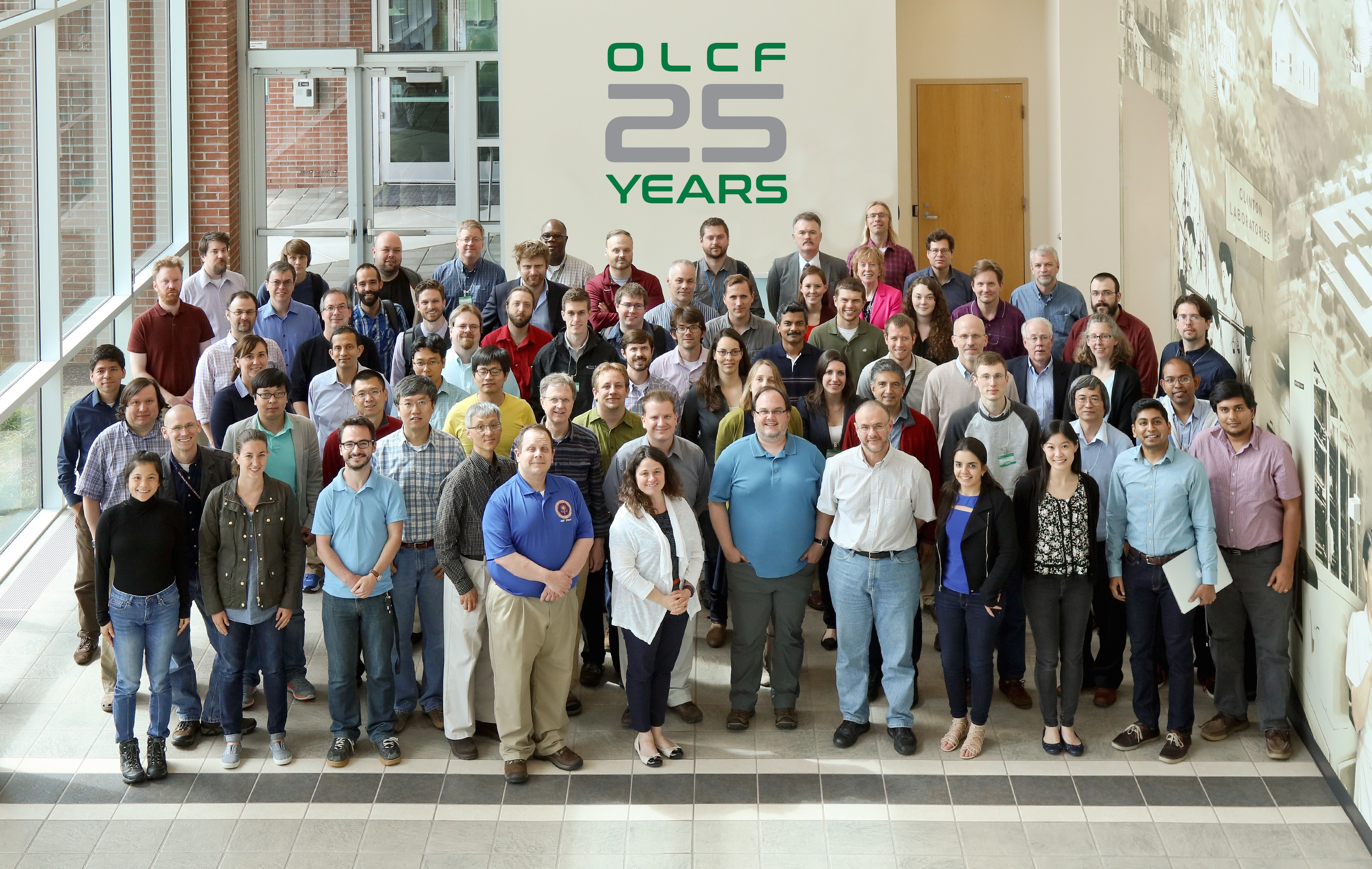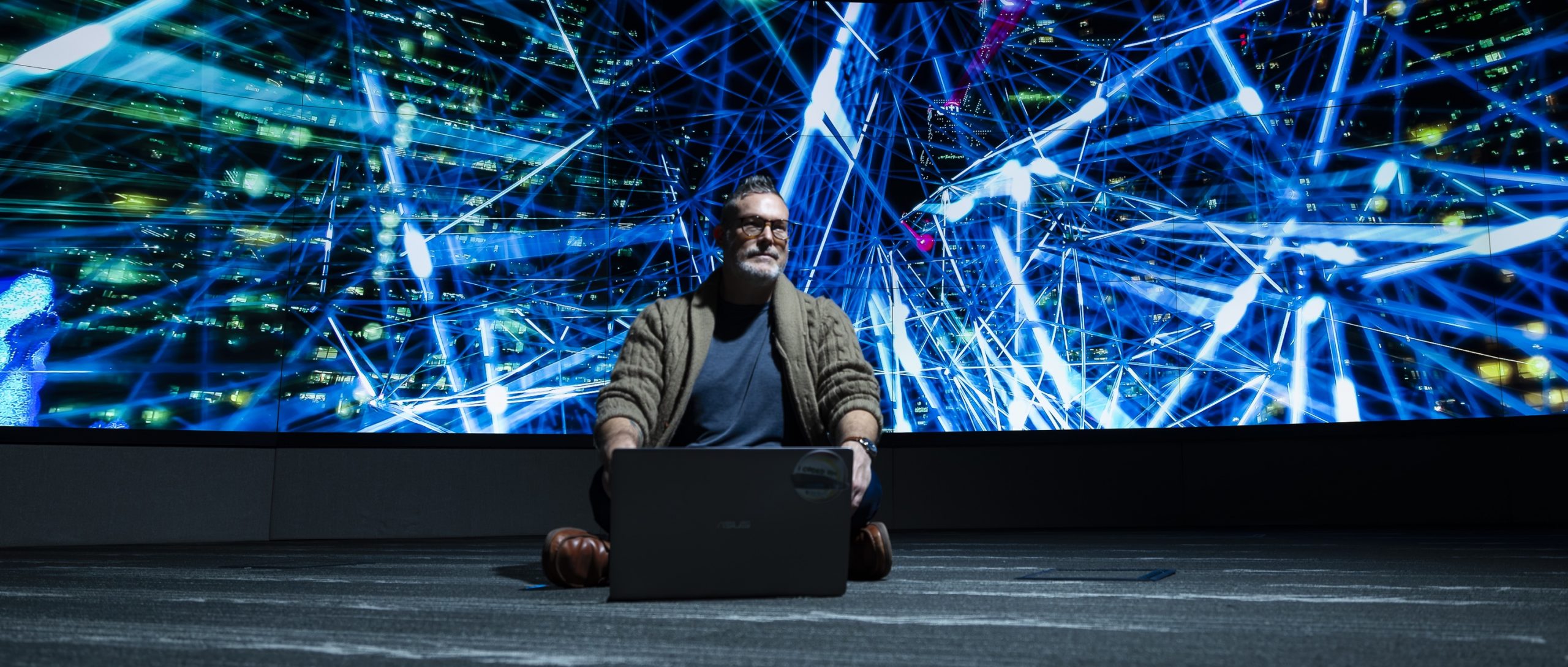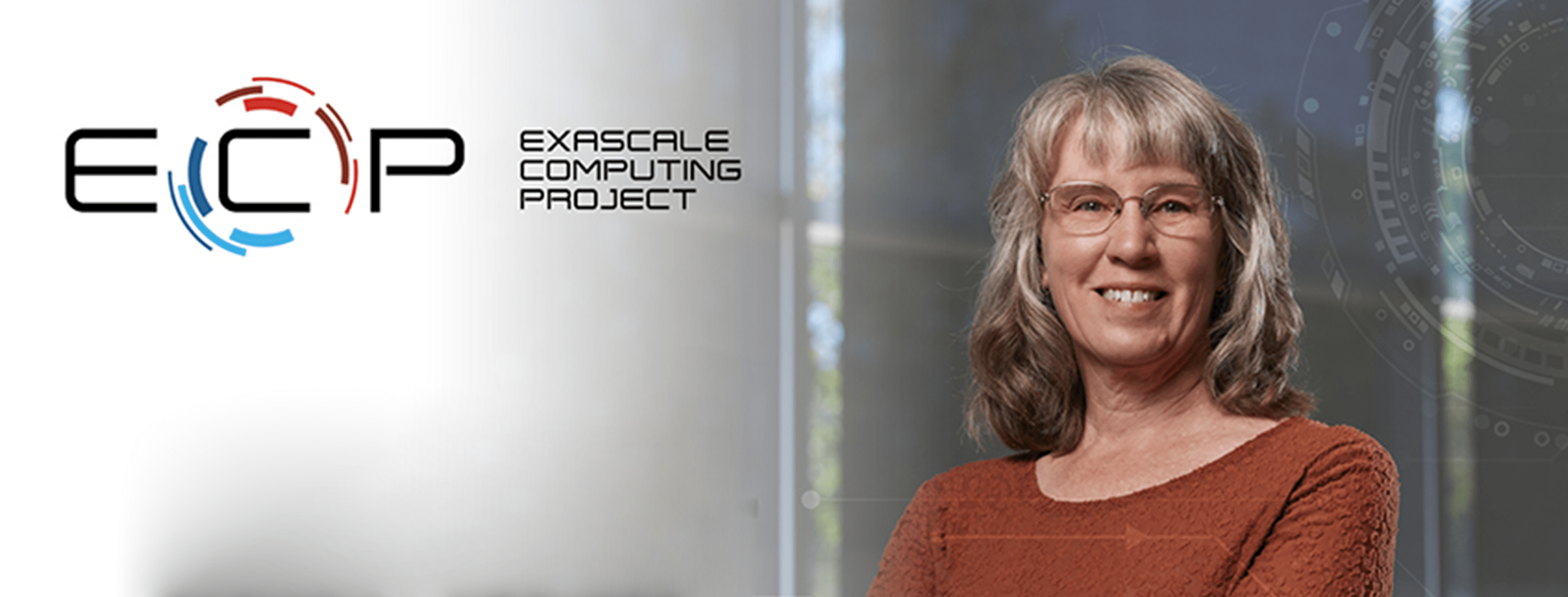One hundred twenty-three Oak Ridge Leadership Computing Facility (OLCF) users and staff members attended the annual OLCF User Meeting in May to share achievements on Titan, discuss the next big Summit supercomputer, and delve into deep learning concepts.
The event, held May 23–25 at the US Department of Energy’s (DOE’s) Oak Ridge National Laboratory (ORNL), took place as OLCF staff announced a milestone in the history of the center: its 25th anniversary. The OLCF, a DOE Office of Science User Facility located at ORNL, was founded on May 24, 1992, as the Center for Computational Sciences.
“The user meeting is a great way for users to communicate their accomplishments on our systems with the scientific community and with the OLCF community,” said Ashley Barker, group leader for the OLCF’s User Assistance and Outreach Group. “Our users are spread out all over the globe, so this gives them opportunities to share scientific and technical achievements and learn from each other, which is very valuable.”
On the first day of the meeting, talks revolved around Titan—the OLCF’s current leadership-class supercomputer, capable of 27 petaflops—and the best ways to manage workflows and analyze data during and after simulations. Virginia Tech’s James McClure and OLCF Computational Scientist Mark Berrill gave invited talks titled “GPU-Accelerated Digital Rock Physics Workflows for Titan and Summit” and “Task-Parallel In Situ Analysis for Two-Fluid Flow on Heterogenous Supercomputers,” respectively.
Arizona State University’s Abhishek Singharoy also gave an invited talk, during which he described the molecular dynamics NAMD code for large biomolecular systems. His presentation was titled “Simulating Biological Energy Transfer with NAMD: The Source, the Sink, and Everything that Happens in Between.” Singharoy said the meeting provided an opportunity for scientists to share their research and staff members to relay valuable information about Titan and Summit.
“We, as researchers, need to learn how to use these machines for our research,” Singharoy said. “This meeting introduced us to problems that we may face and taught us how to solve them when we encounter them. It was kind of like a driving school for OLCF resources, including Summit. We came to see if we have the skills to drive future machines.”
The first day also included a poster slam, giving users opportunities to present brief overviews of their topics before a poster session. The night concluded with the poster session chaired by OLCF User Support Specialist Suzanne Parete-Koon, showcasing 26 posters on topics ranging from combustion to genomics to nanomaterials.
The second day focused on the arrival of Summit. National Center for Computational Sciences Director of Science Jack Wells kicked off the day with a talk titled “Summit Transition to Operations.” Wells explained the milestones of transitioning to Summit, the goals for developing best practices on the new system, and the progress of the Center for Accelerated Application Readiness (CAAR), a group whose teams optimize the application codes that will show a boost in performance on the forthcoming supercomputer. Summit will feature NVIDIA’s Volta GPUs and IBM’s POWER9 line of processors.
“We want our teams to be focused on science early in the life of our system, so we are focused on getting our codes ready now,” Wells said. “With CAAR, we are taking a small set of projects from expert users, and we are recreating our center as we begin using this new system and supporting our regular user programs, the Innovative and Novel Computational Impact on Theory and Experiment and the ASCR Leadership Computing Challenge programs.”
The second day also featured the first-ever OLCF user meeting social, which provided users with an extra opportunity to network and interact with their colleagues and OLCF staff members. Barker said user feedback on the social was positive, so the OLCF will add a similar event to future user meetings to create a space for deeper discussion and collaboration among users.
The last day was dedicated to a fresh topic: machine learning. The OLCF’s Arjun Shankar—group leader for the OLCF’s Advanced Data and Workflow Group and the director of the Compute and Data Environment for Science at ORNL—gave the first talk, “Big Data and Analytics at the OLCF.” Shankar guided users through the OLCF’s deep learning tools, including services for observational data, workflow systems, data analysis, and data sharing. Deep learning, a branch of machine learning that uses algorithms to mimic the ways that humans extract and understand information, was a special area of interest for many users—especially ones using the OLCF’s latest NVIDIA DGX-1 deep learning system.
Users who could not attend the meeting could participate remotely via BlueJeans webcasts. Presentations from the meeting are accessible through the 2017 user meeting webpage.
During the meeting, the OLCF User Group (OUG) also conducted the election of three of its executive board members. A total of 119 users voted in this year’s election, which was open during the week of the meeting. McClure, Singharoy, and Stony Brook University’s Mike Zingale were selected to serve terms of 3 years each. The OUG executive board is made up of 10 users who give feedback to OLCF staff on its services and represent the OLCF user community.
Oak Ridge National Laboratory is supported by the US Department of Energy’s Office of Science. The single largest supporter of basic research in the physical sciences in the United States, the Office of Science is working to address some of the most pressing challenges of our time. For more information, please visit science.energy.gov.






